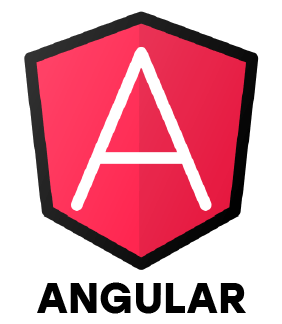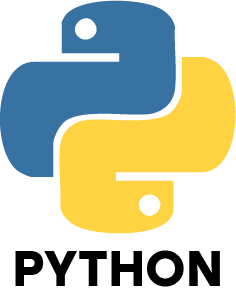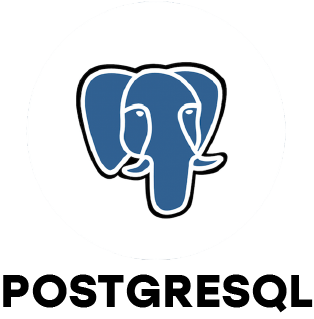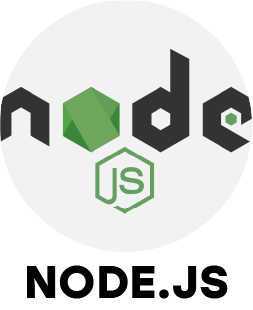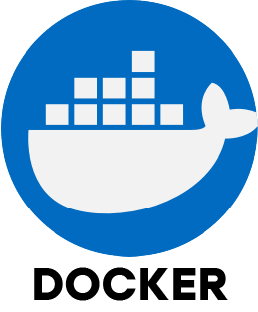1. What is a Full Stack Developer?
Ans:
A Full Stack Developer is someone skilled in both frontend and backend development. They are capable of designing a complete web application, including database administration, server logic and user interface design. This makes them flexible professionals can handle all parts of a software project, either independently or within a team.
2. Key Technologies a Full Stack Developer Should Know
Ans:
A full stack developer should be familiar with frontend tools like HTML, CSS and JavaScript frameworks such as React, Angular or Vue. For the backend, they often use technologies like Node.js, Java, Python or PHP. They should also be comfortable with databases like MongoDB, MySQL or PostgreSQL to manage and store data efficiently.
3. Common HTTP Methods Used in Web Development
Ans:
HTTP methods are commands used to interact with servers. GET fetches data, POST sends new data, PUT updates current data, DELETE removes data and PATCH is used for partial updates. These methods help define web applications communicate with each other.
4. Role of Middleware in Web Applications
Ans:
Middleware is the software layer between the incoming request and the final response. It can perform tasks like verifying users, logging activity, handling errors or processing data before it reaches the main logic. Middleware keeps the code organized and reusable in complex applications.
5. Model-View-Controller (MVC) Architecture
Ans:
An application is divided into three sections using the Model, View and Controller MVC architecture. The Model manages the data the View handles things look and the Controller acts as a bridge between them by responding to user input and updating the view or model as needed.
6. Managing State in a React Application
Ans:
In React managing state is the key to building dynamic and responsive interfaces. For simple needs, hooks like useState or useReducer are used. For sharing state across components, tools like Context API or Redux help manage data flow and make the app predictable and scalable.
7. Purpose of npm or Yarn (Package Managers)
Ans:
npm and Yarn are tools that help developers manage code libraries and tools used in a project. They allow easy installation, updating and removal of packages. These tools also handle version control and help automate tasks using scripts defined in a configuration file.
8. Implementing Authentication in a Web Application
Ans:
Authentication ensures that users are they say they are. The frontend collects login details and stores tokens like JWT. On the backend, passwords are encrypted and secure tokens are issued. Middleware checks if a request is valid. Tools like Auth0, Firebase or Passport make this process easier and more secure.
9. Concept of Responsive Design
Ans:
All screen sizes of desktops, tablets and phones can see websites with responsive design. It uses flexible layouts, media queries and relative units instead of fixed pixels. This helps deliver a smooth and consistent user experience across devices.
10. What is CORS & How to Handle It
Ans:
CORS (Cross-Origin Resource Sharing) is a browser feature that blocks unsafe requests from different origins. To allow access, servers must send special headers like Access-Control-Allow-Origin. During development, middleware like cors in Express can be used to control which domains can access the server’s data.


